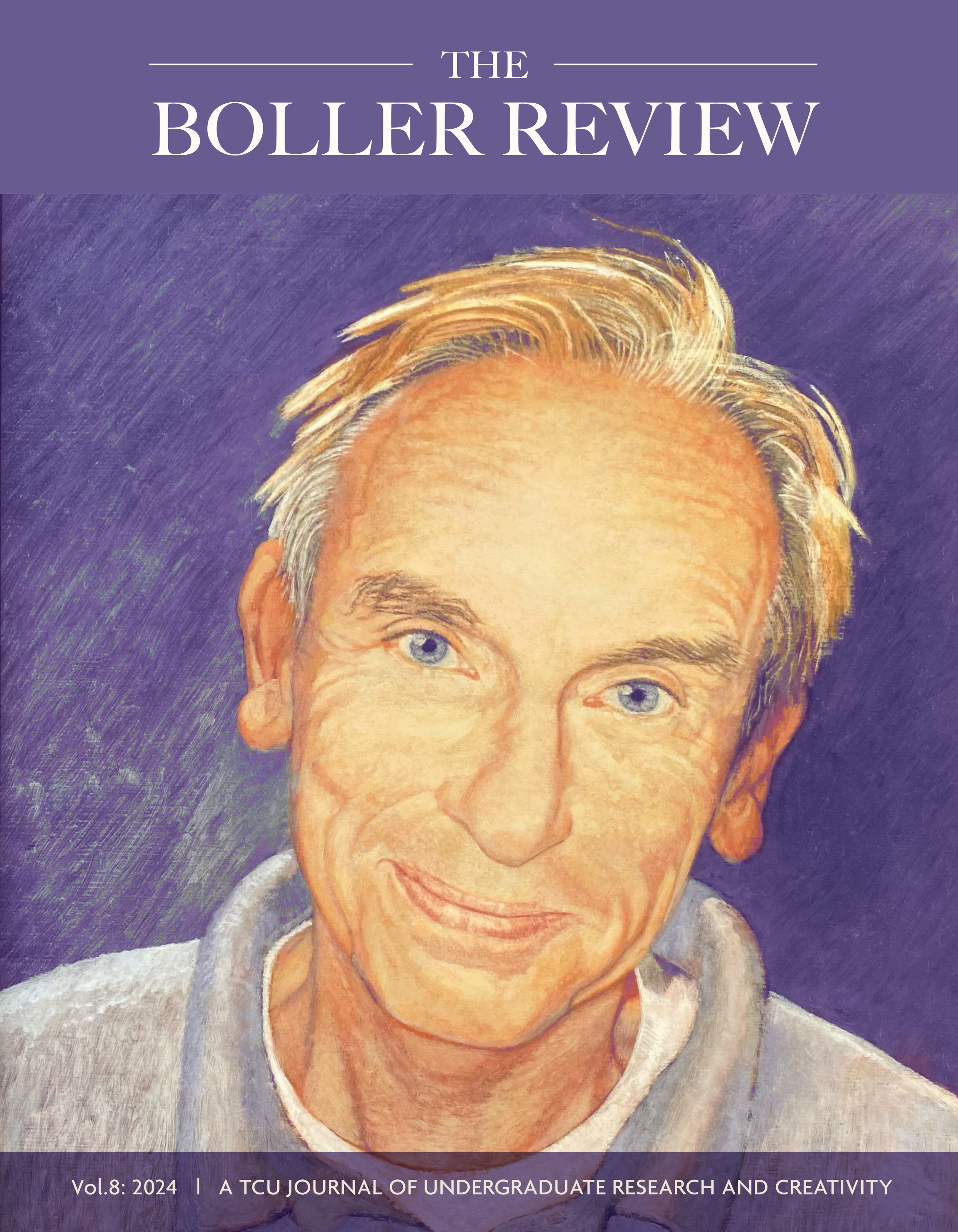Longitudinal Study of Lexical-Semantic Organization as Measured by Repeated Word Associations in Children Who are Deaf and Hard Of Hearing
Main Article Content
Abstract
Lexical-semantic organization refers to the system of relationships between words and concepts that a child has in their vocabulary. Previous research shows that children who are deaf and hard of hearing (DHH) who use spoken language may have differences in their lexical-semantic organization systems compared to their peers with typical hearing (TH). However, characterizations of the longitudinal development of lexical-semantic organization systems for children who are DHH compared to children with TH are unclear; the purpose of the present study is to investigate this development. The following research questions guided this paper: Between the ages of four and seven, do children who are DHH and children with TH differ in their growth in semantically related responses? Between the ages of four and seven, do children who are DHH and children with TH differ in their growth in clang responses? Between the ages of four and seven, do children who are DHH and children with TH differ in their growth in taxonomically-related responses? Between the ages of four and seven, do children who are DHH and children with TH differ in their growth in paradigmatic responses? To answer these questions, the results of the repeated word association task were analyzed. Results showed that both children who are DHH and children with TH increase their semantically related responses over time, but children who are DHH respond, on average, with fewer semantically related responses than their TH peers over the ages of four to seven. For clang responses, time predicts a decrease in responses for children who are DHH, but not for children with TH. No notable growth was found in the rate of taxonomic-related responses for either group. Finally, time predicts an increase in paradigmatic responses for children who are DHH but not children with TH. Implications of the results are discussed.
Comments from Mentors
Isabel has a clear future as a clinical researcher: she balances the investigative and intuitive aspects of the field well. This project was unique for an undergraduate student because it is very theoretically-oriented. To complete the project, she had to learn a very complex coding system, teach that system to others and engage with a large data set to draw conclusions, and she was able to do almost effortlessly. Isabel is clearly a student who can courageously approach scientific material to discover clinically meaningful results.
